Topics
Category
Era
Olson, Floyd B. (1891–1936)
As Minnesota's first Farmer-Labor Party governor, Floyd B. Olson pursued an activist agenda aimed at easing the impact of the Great Depression. During his six years in office, from 1931 to 1936, he became a hero to the state's working people for strongly defending their economic interests.
Floyd Bjornstjerne Olson was born in 1891 in North Minneapolis. In 1909 he graduated from the city's North High School. He studied for a year at the University of Minnesota before holding several laboring jobs in Canada, Alaska, and the Pacific Northwest. In 1913 he enrolled at Northwestern College of Law in St. Paul (today the William Mitchell College of Law), where he earned his law degree.
Olson was hired as assistant Hennepin County attorney in 1919. The following year, he moved up to become county attorney when the incumbent left because of a corruption scandal. Olson became known as a crusader against this type of corruption. In 1924, while county attorney, he ran for governor on the Farmer-Labor ticket. He lost to Republican Theodore Christianson.
In 1930, running a second time for the governor's seat, Olson campaigned as a moderate. His biographer George Mayer noted that his pragmatic approach to problems melted conservative hostility. This gave him broader appeal.
Olson and his party won in a three-way race against a Republican and a Democrat. Soon the Farmer-Labor Party would emerge as the dominant political force in Minnesota. It became one of the country's most successful third-party movements.
Olson won a second term on November 8, 1932, the same day Franklin Roosevelt was elected president. By January 1933, however, unemployment was increasing rapidly in Minnesota, as were mortgage foreclosures, as part of the nationwide Great Depression. In Minneapolis, angry crowds blocked downtown streets to protest the city's inadequate relief payments.
These conditions provided the setting for Olson's second inaugural address that month. Leaving behind the moderation of 1930, Olson embraced a progressive agenda. He condemned "the failure of government" to function in the best interests of its people. Then he raised the specter of lawlessness and revolution if political leaders did not change course.
In his speech, Olson went on to call for a total restructuring of state government. He wanted it to be an agent for social and economic change. To fund this change, Olson called for a graduated income tax. He believed it was the most equitable form of tax.
Another change he proposed was a state system of unemployment insurance. "Unemployment creates misery among those unemployed, adds to the burdens of the taxpayers, and injures business," he said. To remedy these conditions, he called for an insurance system paid for by a tax on employer payrolls. Finally, Olson called for a major increase in public relief through direct state appropriations and expanded local-government borrowing powers.
After his dramatic second inaugural speech, Olson achieved some notable legislative victories. He also suffered some painful defeats. Despite conservative opposition, he was able to win approval for modified versions of his income tax and relief expansion proposals. However, while the House adopted a version of his unemployment insurance plan, the Senate blocked it.
Olson was elected to a third term in 1934. But his career was cut short near the end of that term: he died at Mayo Clinic of stomach cancer on August 22, 1936. He was forty-four.
Bibliography
Mayer, George H. The Political Career of Floyd B. Olson. St. Paul: Minnesota Historical Society Press, 1987.
Related Resources
Primary
120.E.2.8F
Box 1
Speeches and Messages, 1883–1885, 1901–1988
Manuscript Collection, Minnesota Historical Society, St. Paul
http://www.mnhs.org/library/findaids/gov001.pdf
Description: Papers include Governor Floyd B. Olson's second inaugural message to the Legislature, January 4, 1933.
A/.O52
Floyd B. Olson Papers, 1923–1974
Manuscript Collection, Minnesota Historical Society, St. Paul
Description: Summary Correspondence, press releases, speeches, clippings, campaign literature, and miscellany, chiefly for the period (1930–1936) when Olson was governor of Minnesota.
Records of Governor Floyd B. Olson, Hjalmar Petersen and Elmer A. Benson, 1932–1938
State Archives, Minnesota Historical Society, St. Paul
http://www.mnhs.org/library/findaids/gr00063.xml
Description: General correspondence, subject files on public policy matters, files on state departments and agencies, federal department files, and organizations files.
Secondary
Gieske, Millard L. Minnesota Farmer-Laborism: The Third-Party Alternative. Minneapolis: University of Minnesota Press, 1979.
Harrington, Dennis. "Floyd B. Olson and the Teamster Strikes of 1934." Typescript, University of Minnesota, 1977.
Haynes, John E. "Reformers, Radicals and Conservatives." In Minnesota in a Century of Change, edited by Clifford E. Clark, 361-396. St. Paul: Minnesota Historical Society Press, 1989.
Holden, Douglas H. "Floyd B. Olson: His Social Philosophy." Master's thesis, University of North Dakota, 1993.
Valelly, Richard M. Radicalism in the States: The Minnesota Farmer-Labor Party and the American Political Economy. Chicago: University of Chicago Press, 1989.
Related Audio
MN90: A Hero for Hard Times
Minnesotans elected Floyd B. Olson as the state’s first Farmer-Labor party governor in 1930, during the height of the Great Depression. During this tough time, thousands of people across the country were out of work, dealing with bread lines, and losing their farms to foreclosure. MN90 producer Marisa Helms introduces us to Floyd B. Olson, who became the hero Minnesotans were hoping for.
All rights reserved
Holding Location
More Information
Articles
Related Images
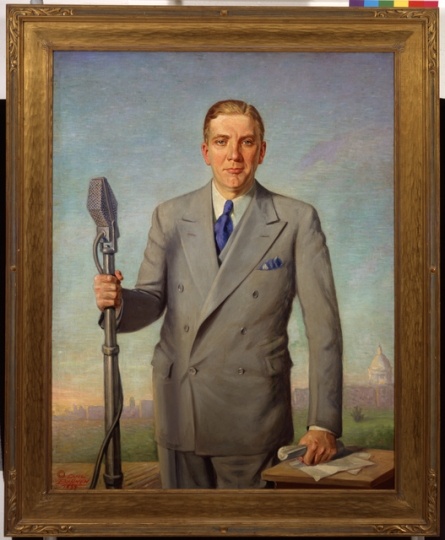
Painting, "Floyd B. Olson"
Holding Location
Articles
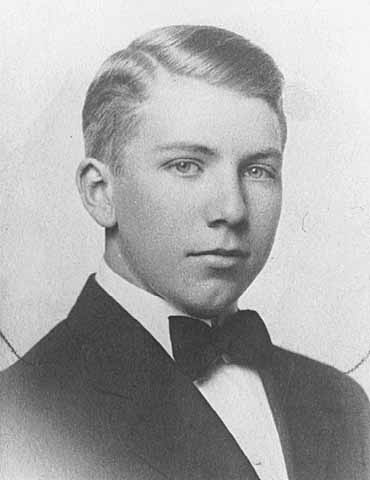
Floyd B. Olson
Public domain
Holding Location
Articles
More Information
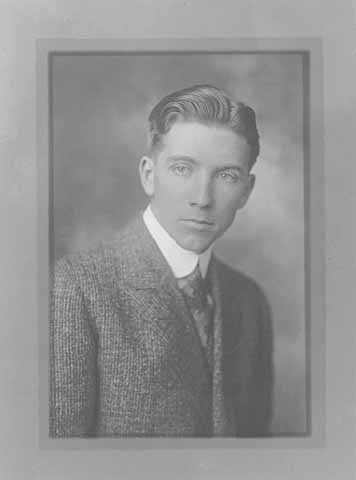
Floyd B. Olson
Public domain
Holding Location
Articles
More Information
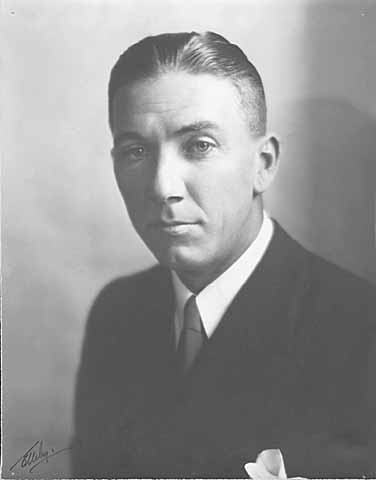
Floyd B. Olson
Holding Location
More Information
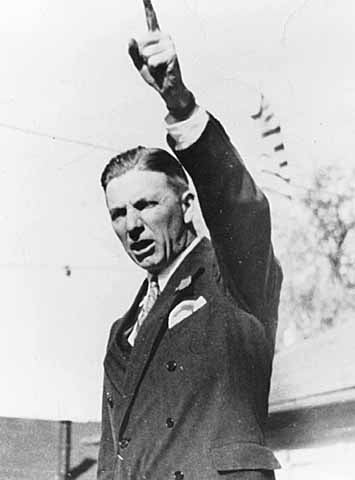
Floyd B. Olson
Holding Location
Articles
More Information
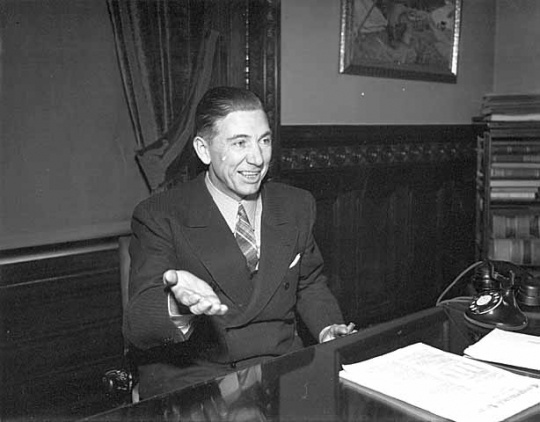
Floyd B. Olson
Holding Location
Articles
More Information
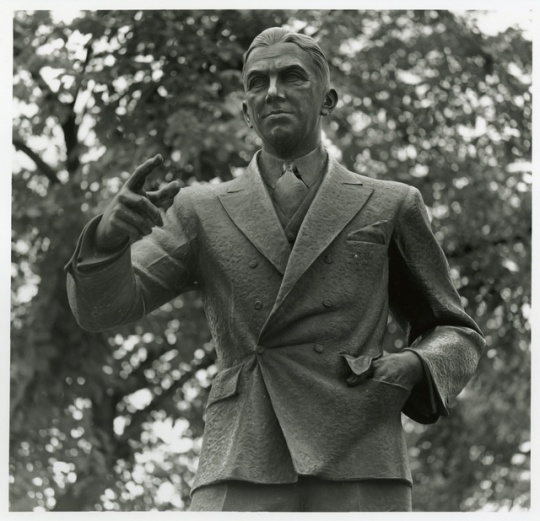
Statue of Floyd B. Olson
Holding Location
Articles
More Information
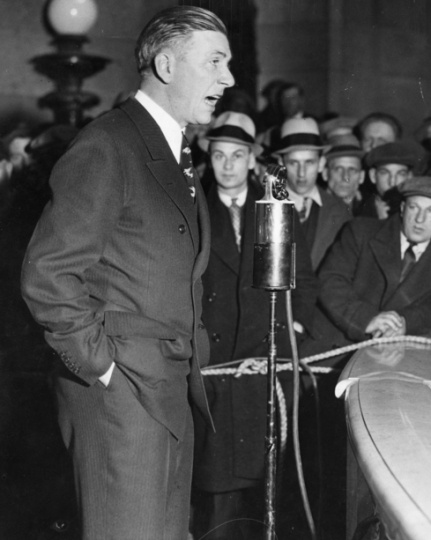
Governor Floyd B. Olson
Holding Location
More Information
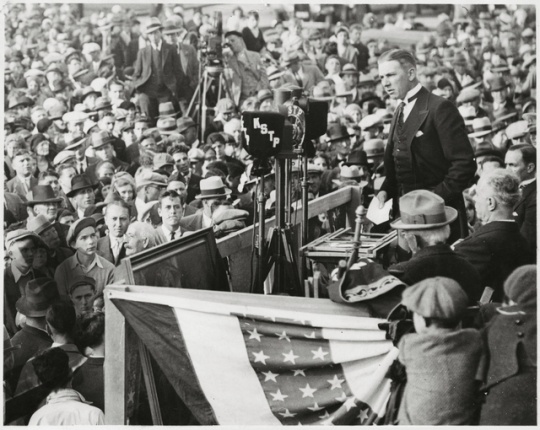
Governor Floyd B. Olson speaking at Columbus Memorial dedication ceremony
Holding Location
More Information
Related Articles
Turning Point
Dismal economic conditions provide the setting for Governor Olson's second inaugural address, given in January, 1933. Abandoning his earlier moderate approach, Olson calls for a total restructuring of state government to make it an agent for social and economic change.
Chronology
1891
1909
1913
1917
1919
1924
1930
1931
1932
1933
1934
1936
Bibliography
Mayer, George H. The Political Career of Floyd B. Olson. St. Paul: Minnesota Historical Society Press, 1987.
Related Resources
Primary
120.E.2.8F
Box 1
Speeches and Messages, 1883–1885, 1901–1988
Manuscript Collection, Minnesota Historical Society, St. Paul
http://www.mnhs.org/library/findaids/gov001.pdf
Description: Papers include Governor Floyd B. Olson's second inaugural message to the Legislature, January 4, 1933.
A/.O52
Floyd B. Olson Papers, 1923–1974
Manuscript Collection, Minnesota Historical Society, St. Paul
Description: Summary Correspondence, press releases, speeches, clippings, campaign literature, and miscellany, chiefly for the period (1930–1936) when Olson was governor of Minnesota.
Records of Governor Floyd B. Olson, Hjalmar Petersen and Elmer A. Benson, 1932–1938
State Archives, Minnesota Historical Society, St. Paul
http://www.mnhs.org/library/findaids/gr00063.xml
Description: General correspondence, subject files on public policy matters, files on state departments and agencies, federal department files, and organizations files.
Secondary
Gieske, Millard L. Minnesota Farmer-Laborism: The Third-Party Alternative. Minneapolis: University of Minnesota Press, 1979.
Harrington, Dennis. "Floyd B. Olson and the Teamster Strikes of 1934." Typescript, University of Minnesota, 1977.
Haynes, John E. "Reformers, Radicals and Conservatives." In Minnesota in a Century of Change, edited by Clifford E. Clark, 361-396. St. Paul: Minnesota Historical Society Press, 1989.
Holden, Douglas H. "Floyd B. Olson: His Social Philosophy." Master's thesis, University of North Dakota, 1993.
Valelly, Richard M. Radicalism in the States: The Minnesota Farmer-Labor Party and the American Political Economy. Chicago: University of Chicago Press, 1989.










